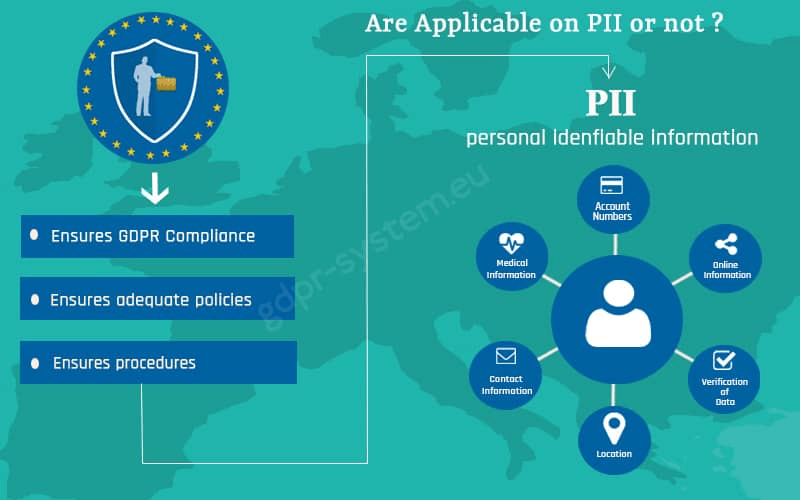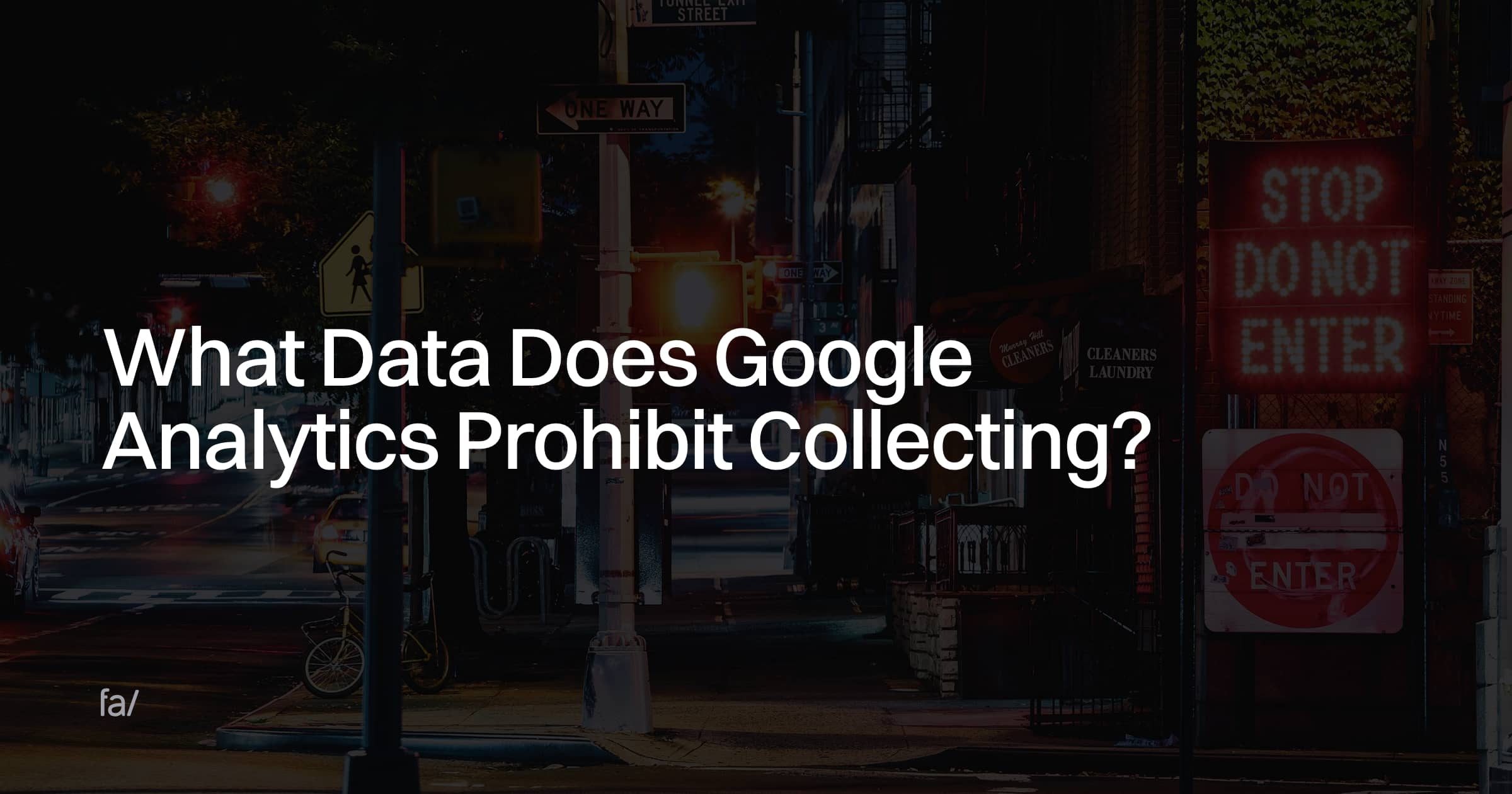Comprehensive Overview: What Data Does Google Analytics Prohibit Collecting?
Comprehensive Overview: What Data Does Google Analytics Prohibit Collecting?
Blog Article
Grasping the Art of Conquering Information Collection Limitations in Google Analytics for Better Decision-Making
In the realm of digital analytics, the capacity to remove purposeful understandings from information is critical for notified decision-making. Google Analytics stands as a powerful device for services seeking to comprehend user habits, track conversions, and maximize their on the internet existence. Nevertheless, data collection limitations within this system can hinder the accuracy and depth of the information gathered. To absolutely harness the capacity of Google Analytics for tactical decision-making, grasping the art of getting rid of these restraints is crucial. By using critical techniques and advanced strategies, companies can elevate their data quality, unlock concealed insights, and pave the means for even more reliable and educated decisions.
Information High Quality Analysis
Data top quality assessment involves assessing different aspects such as precision, efficiency, consistency, and timeliness of the data. One essential aspect to consider is information accuracy, which refers to how well the information shows the real worths of the metrics being gauged.
Efficiency of data is an additional crucial aspect in assessing data quality. Uniformity checks are additionally vital in data top quality assessment to recognize any type of inconsistencies or anomalies within the information collection. By focusing on data high quality assessment in Google Analytics, organizations can boost the dependability of their analytics reports and make more enlightened decisions based on exact understandings.
Advanced Monitoring Techniques
Using innovative tracking techniques in Google Analytics can considerably improve the deepness and granularity of information accumulated for more detailed analysis and insights. One such method is occasion monitoring, which permits the tracking of details communications on a website, like clicks on switches, downloads of documents, or video views. By carrying out occasion monitoring, organizations can obtain a much deeper understanding of individual habits and involvement with their online content.
Additionally, custom dimensions and metrics provide a way to customize Google Analytics to details organization demands. Personalized measurements permit the creation of new data factors, such as individual functions or customer segments, while custom metrics make it possible for the monitoring of one-of-a-kind efficiency signs, like profits per individual or average order worth.
In addition, the utilization of Google Tag Supervisor can enhance the application of tracking codes and tags throughout an internet site, making it much easier to handle and deploy advanced monitoring setups. By harnessing these advanced monitoring techniques, organizations can open beneficial understandings and maximize their on the internet techniques for better decision-making.
Custom Measurement Application
To enhance the deepness of data accumulated in Google Analytics beyond advanced monitoring methods like occasion tracking, organizations can apply custom-made measurements for more tailored understandings. Custom-made dimensions permit companies to define and accumulate certain information points that are pertinent to their distinct objectives and objectives (What Data Does Google Analytics Prohibit Collecting?). By assigning personalized measurements to various elements on a web site, such as user communications, demographics, or session information, organizations can acquire a more granular understanding of just how individuals involve with their online properties

Acknowledgment Modeling Techniques
By employing the best attribution design, companies can properly connect conversions to the suitable touchpoints along the client trip. One usual attribution design is the Last Communication version, which provides credit score for a conversion to the last touchpoint a customer interacted with prior to converting.

Information Tasting Evasion
When taking care of big volumes of data in Google Analytics, overcoming data sampling is important to guarantee accurate insights are acquired for notified decision-making. Data tasting happens when Google Analytics approximates patterns in data instead of assessing the total dataset, potentially bring about manipulated outcomes. To stay clear of information sampling, one effective strategy is to lower the day range being assessed. By focusing on shorter time frameworks, the possibility of encountering experienced information reductions, providing a more specific depiction of user actions. Furthermore, utilizing Google Analytics 360, the costs version of the platform, can help minimize sampling as it permits higher information limits his comment is here before tasting starts. Carrying out filters to narrow down the data being assessed can likewise assist in preventing sampling problems. By taking these aggressive steps to minimize information tasting, businesses can remove much more exact insights from Google Analytics, causing better decision-making and enhanced overall performance.
Conclusion
In final thought, understanding the art of conquering information collection constraints in Google Analytics is essential for making notified choices. By performing a comprehensive information top quality analysis, implementing sophisticated monitoring strategies, making use of custom measurements, using attribution modeling techniques, and preventing information tasting, organizations can make sure that they have reputable and precise information to base their choices on. This will eventually bring about more effective approaches and far better end results for the company.

Report this page